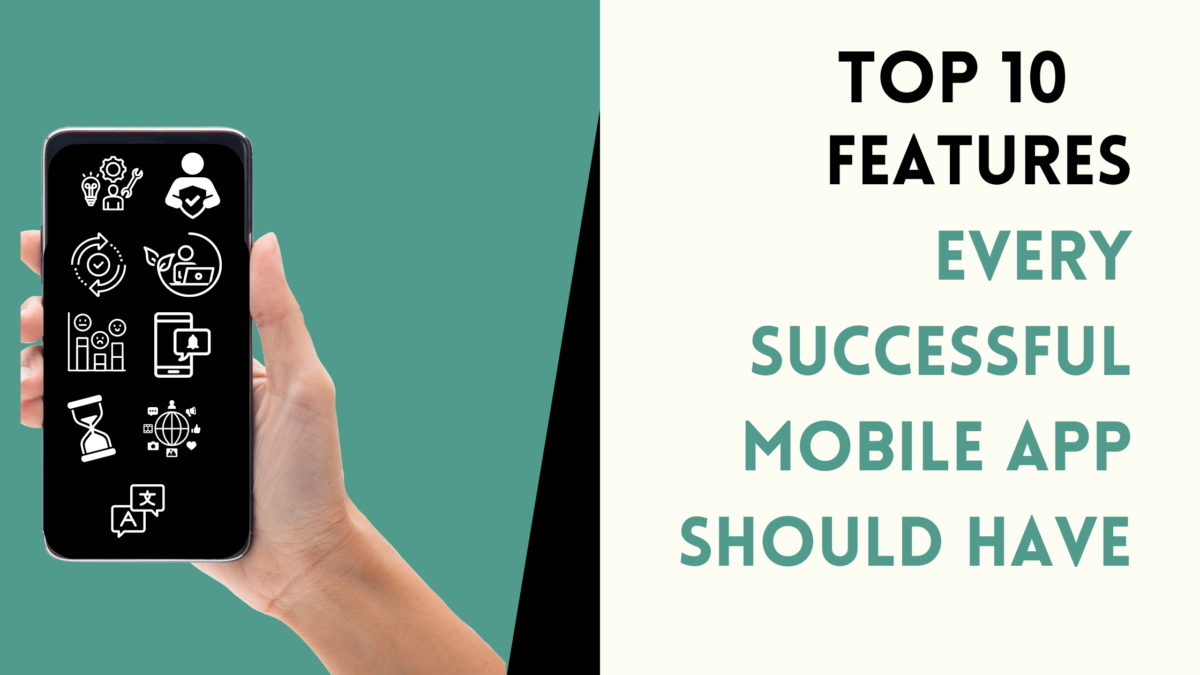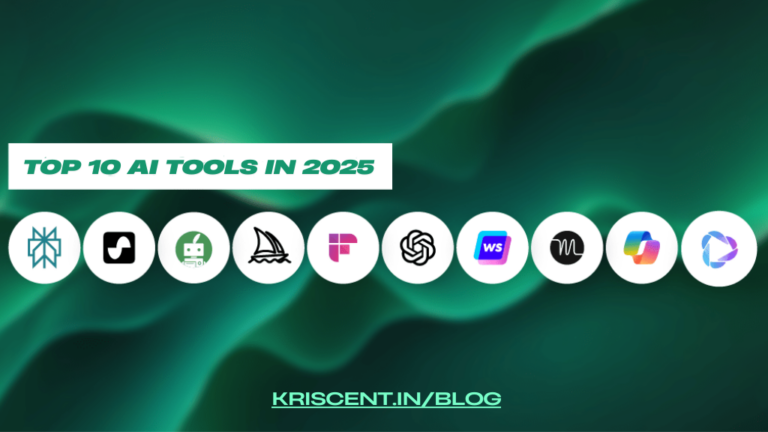In today’s ever-evolving mobile app landscape, it takes more than a good concept to stand out from the crowd. A few key features are common to all successful apps: they enhance the user experience, ensure functionality, and keep users engaged. Here are the top ten features that every mobile app needs:
One of the most important elements of any successful mobile app is an easy-to-use user interface. Users need to be able to navigate through the design without needing any help from a tutorial. It should be simple to use, with clear layouts and responsive design. Remember that first impressions are very important; if users find it hard to use, they will likely give up on the app.
1. User-Friendly Interface
Key Aspects:
-
- Simple and intuitive design
-
- Consistent and familiar navigation
- Responsive and adaptive design for various devices
2. Fast Loading Time
Users expect apps to load quickly. A slow app can frustrate users, leading to higher abandonment rates. Optimize your app’s performance by minimizing load times and ensuring smooth transitions between screens. Techniques such as caching, efficient coding, and image optimization can help maintain fast loading times.
Key Aspects:
-
- Optimize app size and resources
-
- Use caching mechanisms
- Regular performance testing and optimization
Security is paramount in mobile app development. With increasing concerns about data privacy, users need to trust that their information is safe. Implement strong encryption methods, secure login protocols, and ensure compliance with data protection regulations like GDPR or CCPA.
Key Aspects:
-
- Data encryption
-
- Secure authentication methods
- Compliance with data protection regulations
4. Offline Capabilities
Not all users have consistent access to the internet. Providing offline capabilities can greatly enhance user experience by allowing users to access essential features without an internet connection. This can be particularly useful for apps in areas with poor connectivity or for users who are often on the move.
Key Aspects:
-
- Local data storage
-
- Synchronization with servers when online
- Essential features accessible offline
5. Personalization Options
Personalization can significantly improve user engagement by tailoring the app experience to individual preferences. This can include customizable settings, personalized content recommendations, and user-specific notifications. Leveraging data analytics can help provide a more personalized experience for each user.
Key Aspects:
-
- Customizable user settings
-
- Personalized content and recommendations
-
- User-specific notifications and alerts
6. Effective Push Notifications
Push notifications are a powerful tool for engaging users, but they must be used wisely. Effective notifications can re-engage users and provide timely information. However, overuse or poorly timed notifications can annoy users and lead to uninstalls. Personalize notifications and ensure they provide real value to the user.
Key Aspects:
-
- Personalized and relevant notifications
-
- Timing and frequency control
-
- Easy opt-in and opt-out options
7. Social Media Integration
Social media integration allows users to share content, log in using their social media accounts, and connect with friends. This feature can enhance user engagement and expand the app’s reach through social sharing. Additionally, it simplifies the registration and login process, which can improve user retention.
Key Aspects:
-
- Social media login options
-
- Easy content sharing
-
- Integration with popular social networks
8. Regular Updates and Improvements
Keeping your app up-to-date with regular updates is crucial for maintaining user interest and addressing any issues. Regular updates show users that the app is actively maintained and improved. This includes bug fixes, performance improvements, and new features based on user feedback.
Key Aspects:
-
- Regular bug fixes and performance enhancements
-
- Introduction of new features
-
- User feedback incorporation
9. Analytics and Feedback Collection
Understanding how users interact with your app is essential for continuous improvement. Integrating analytics tools helps track user behavior, identify popular features, and detect issues. Additionally, providing an easy way for users to give feedback can offer valuable insights directly from your user base.
Key Aspects:
-
- User behavior analytics
-
- Feedback forms and surveys
-
- Monitoring and analyzing app performance
10. Multilingual Support
Offering multilingual support can expand your app’s reach to a global audience. Providing content in multiple languages ensures that non-native speakers can use your app comfortably. This feature is particularly important for apps targeting diverse or international markets.
Key Aspects:
-
- Support for multiple languages
-
- Easy language switching
-
- Localization of content and user interface
Conclusion
Developing a mobile app isn’t just about coming up with a great idea. It’s about strategic planning, user-centric design, and continuous development. Here are the top ten features that can help you improve user satisfaction, increase engagement, and ultimately succeed in today’s competitive mobile app market.
Prioritize the user experience
Keep up with the latest trends
Respond quickly to user feedback
Thank you for reading our blog and if you want to read about Exploring the Latest Trends in Mobile App Design for 2024 then read this blog.




%20(1)%201.webp?updatedAt=1725274383969)









[…] you for reading our blog and if you want to read about Top 10 Features Every Successful Mobile App Should Have then read this […]